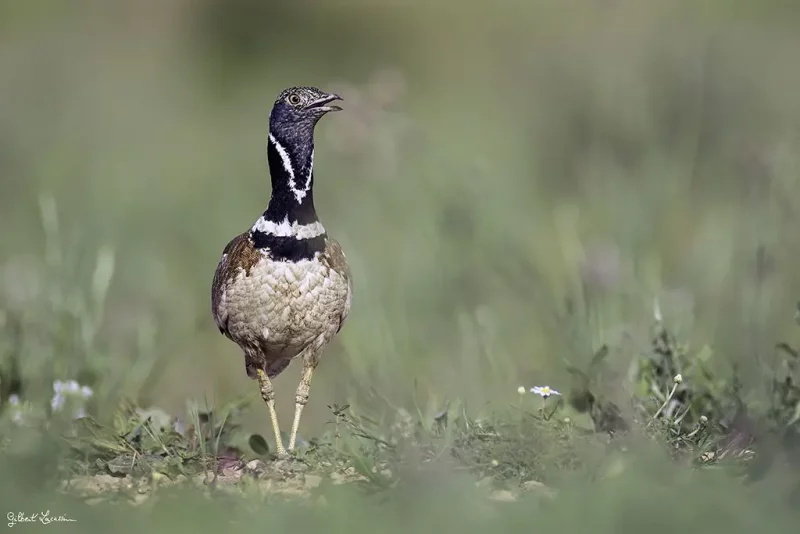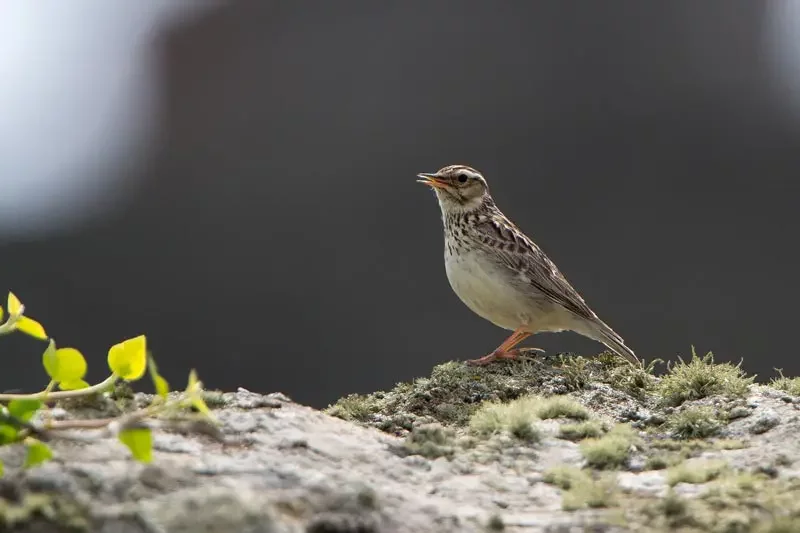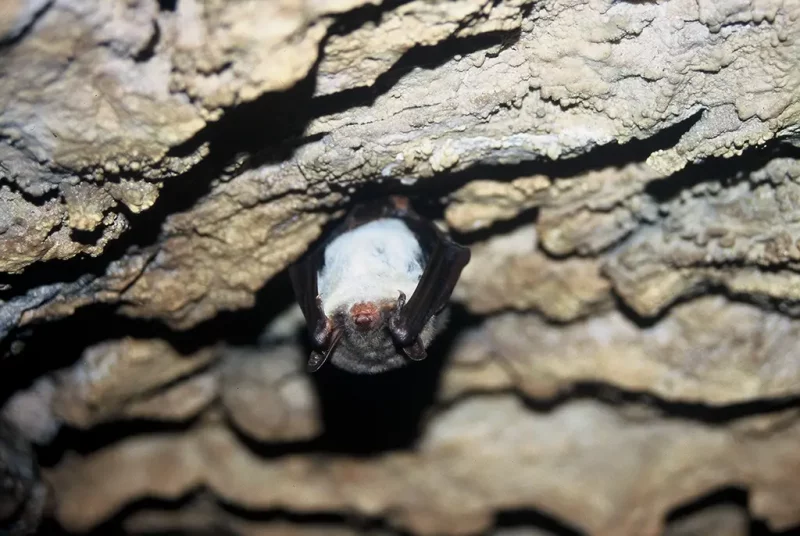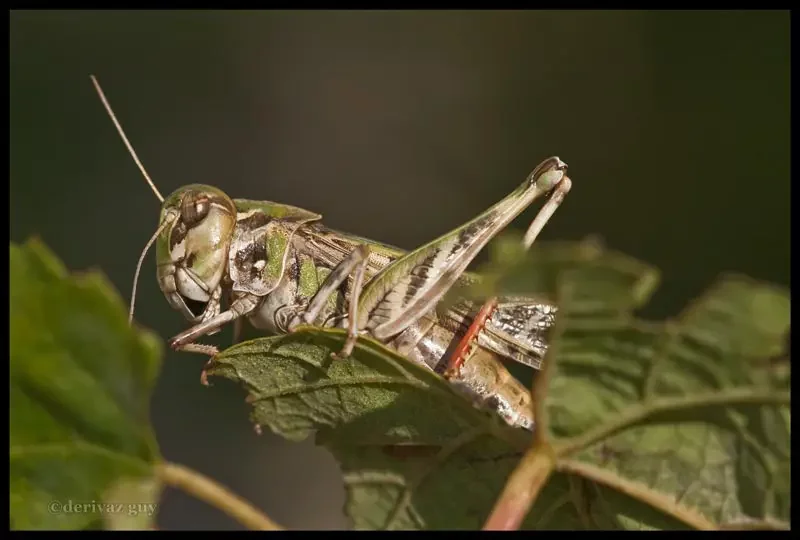Why is monitoring the impact of the measures in agricultural environments necessary?
Monitoring allows to assess the direct or indirect impact of the conservation measures: supporting the farmers into carrying out biodiversity-positive practices, supporting the breeders into managing the parasitic risk in an ecosensible way or rehabilitating habitats suitable for the little bustard for species of community importance targeted by agricultural environments:
- The little bustard
- The woodlark
- The tawny pipit
- The lesser mouse-eared bat
- The great rhinolophe



